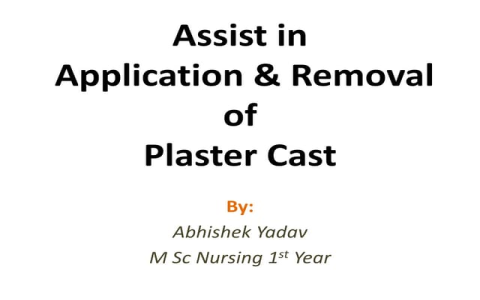Okay, so I wanted to share something from my little DIY adventure last weekend. I was tackling that small patch of damaged wall in the hallway, you know, the one I’ve been staring at for months. Decided it was finally time to get my hands dirty, literally.

I was looking up how to mix and apply the plaster properly because, let’s be honest, I’m no expert. Watched a couple of videos, read some guides. And kept seeing the term “plaster gloves” mentioned. Wear your plaster gloves. Make sure you have plaster gloves. And I thought, wait, what exactly are plaster gloves? My mind immediately went to weird places. Are they gloves made out of plaster? Like, hard? That made no sense. Or maybe some super special type of glove I needed to hunt down?
I even did a quick search online, but it just showed a bunch of regular heavy-duty work gloves. Nothing specifically screamed “PLASTER GLOVE” like it was a unique invention. I was a bit confused. Was it a brand? A specific material? Felt a bit silly not knowing.
Getting Stuck In (and Messy)
Anyway, I figured, how special can they be? I needed to get the job done. So, I just grabbed a pair of those thinner, disposable nitrile gloves I had lying around from painting. Big mistake. Huge.
Mixing the plaster was fine, but as soon as I started applying it, oh boy. That stuff gets everywhere. And it started to feel… weird, even through the gloves. Kinda gritty and drying. Then, while smoothing a section, the flimsy glove caught on a rough edge and ripped. Plaster mix all over my fingers. It didn’t burn or anything immediately, but it felt incredibly drying and uncomfortable, and cleaning it off was a pain. My skin felt rough and tight afterward.
That’s when it clicked. Like a lightbulb moment, but covered in plaster dust.

The Big Realization
Plaster gloves aren’t a magical item! There isn’t really a specific thing called a “plaster glove” that’s fundamentally different from other work gloves.
It’s just a way of saying you need gloves that are suitable for working with plaster. And based on my messy experience, that means they need to be:
- Waterproof: Because plaster is mixed with water, and it’s wet and messy when you apply it. You don’t want that soaking through.
- Durable: Tough enough to not rip easily when you’re scooping plaster, working it, or bumping against the wall or tools. Those thin disposables were a joke.
- Chemically resistant (enough): Plaster, especially while setting, can be alkaline and irritate your skin. You need a decent barrier.
- Maybe a longer cuff: This helps stop the muck from getting onto your wrists or up your sleeves.
So, the heavy-duty rubber gloves or thicker nitrile gloves you see advertised when you search? Those are essentially what people mean. They just need to be robust enough for the job. I ended up buying a pair of thick, yellow washing-up style rubber gloves the next day to finish the job, and they worked perfectly. Kept my hands dry, didn’t tear, and cleaned up easily.
So yeah, that was my little journey figuring out the grand mystery of “plaster gloves”. It just means get some decent, tough, waterproof gloves before you start slapping that stuff on your walls. Don’t be like me and end up with plaster-caked fingers and ripped cheapo gloves. Protect your hands!
